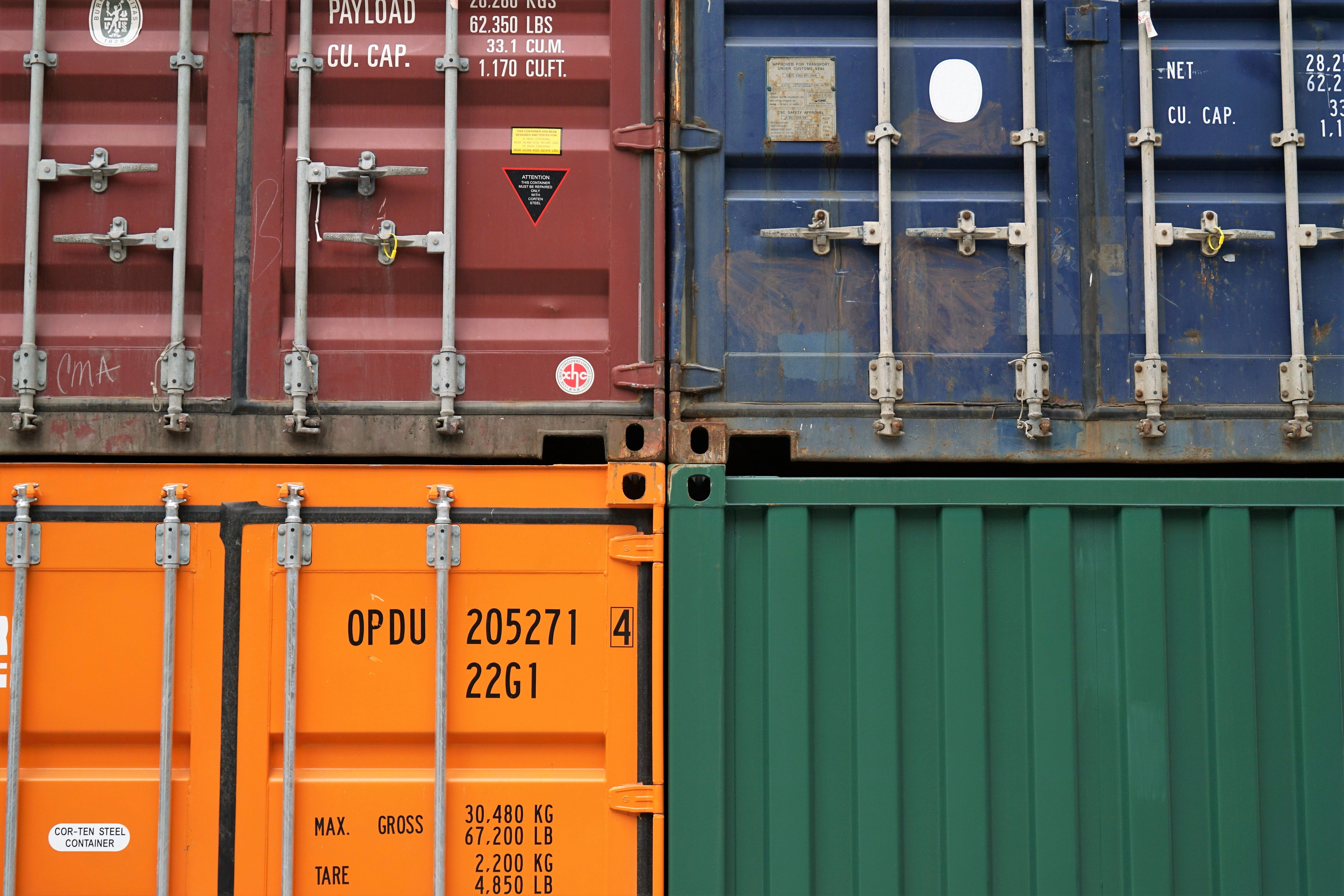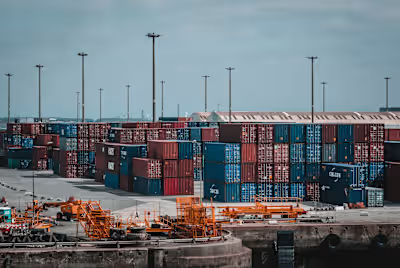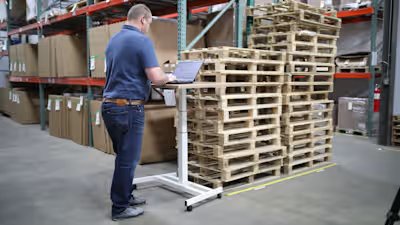1,700-word blog for Hive: HS Codes: Custom tariff codes a guide

What is an HS Code?
HS Codes are an international numerical system used for tracking goods. They are universally accepted by customs authorities, and they form the basis for all tariff codes. The World Customs Organization (WCO) created, and now maintains, and updates the HS Code system every five years.
The HS Code consists of six digits, with additional digits for a more detailed classification. Every digit represents a specific category, which gives the system a hierarchical structure. This allows customs authorities to classify your products based on their characteristics, materials and intended use.
HS Codes ensure consistency and accuracy in product classification across different countries, making international trade easier by simplifying customs procedures.
Note: HS Codes are different to commodity codes. HS Codes are part of a standardized universal system used to classify trade goods. Commodity codes are used by national governments as an additional means of classifying products.
Understanding the structure of HS Codes
To make sense of the HS Code system, it helps to understand the system's hierarchical structure. The HS Code features 21 sections, which are further divided into 99 chapters. These 99 chapters are subdivided into headings and subheadings.
Each section represents a broad category. The further you move down the hierarchy, the more specific the classification of a product becomes.
Let's take apples for example. Apples come under section 2 (Vegetable Products), Chapter 8 (Edible Fruit and Nuts; Peel of Citrus Fruit or Melons), and Heading 08.01 (Apples, pears, and quinces, fresh). This means that the six-digit HS Code for fresh apples is 0808.10.
The first two digits (08) represent Chapter 8, which covers edible fruits. The next two digits (08) represent Heading 08.01, specifically referring to apples, pears, and quinces. The final two digits (10) provide more detailed information about the product, such as the state of preservation or processing. In this case, 10 indicates fresh apples.
Importance of the HS Code in international trade and customs
The HS Code system is important to international trade for several reasons, including:
1 - Customs Compliance
HS Codes ensure that all imported and exported goods are correctly classified for customs compliance. Accurate classification means that the correct customs duties, taxes, and regulations are applied, promoting fair and transparent trade.
2 - Tariff Determination
HS Codes serve as the basis for determining applicable tariffs. Each HS Code has an associated tariff rate, which varies from country to country. Importers and exporters use the HS code to calculate the anticipated costs associated with importing or exporting their goods, enabling effective pricing strategies and cost projections.
3 - Trade Statistics
HS Codes are used to compile trade statistics at both national and international levels. Governments and organizations analyze these statistics to monitor trade patterns, identify emerging markets, and make informed policy decisions. The standardized nature of HS Codes allows for accurate and meaningful comparisons of trade data between countries.
4 - Customs Documentation
HS Codes are required in various customs documents, including commercial invoices, packing lists, and customs declarations.
By providing the HS Code, importers and exporters facilitate the smooth flow of goods through customs procedures, minimizing delays and avoiding penalties or fines due to incorrect or incomplete documentation.
5 - Market Access
HS Codes play a key role in determining market access for products. Many countries have specific regulations, restrictions, or prohibitions based on them. You must ensure that your products comply with the applicable regulations, certifications, or labeling requirements associated with the specific HS Code to gain access to target markets.
6 - Trade Facilitation
The use of HS Codes streamlines trade facilitation efforts. The standardized classification system simplifies customs procedures, reduces the likelihood of errors or misinterpretations, and promotes efficient clearance of goods at borders.
Customs officials can quickly identify and process goods, reducing administrative burdens, while facilitating smoother trade flows.

How to obtain an HS Code
Most countries have a 'look-up tool' or HS Code checker, which you can use to determine the HS Code for your product in another country. Some are free to use, others require you to pay a fee.
Perhaps the best way to identify the right HS Code is to consult directly with customs authorities or a customs broker. They will be able to offer you guidance and help you to determine the appropriate code based on the characteristics of your product.
Alternatively, you can try verifying a HS Code with your trade partners. For example, if you're trading with a specific country, it's recommended that you verify the HS Code requirements with your trade partners or importers in that country. Different countries might have variations or additional subheadings within the HS Code system.

Benefits and Challenges of the HS Code system
Benefits of HS codes for brands
The key benefits of HS Codes for brands trading internationally include:
Reduced shipping costs due to more accurate declarations
Correctly classifying your goods with the right HS Codes can reduce customs duty overpayments.
Once you have identified the correct code, further savings are possible through 'tariff engineering'. This allows you to make minor changes to a product or how it's shipped so that it is classified to a tariff with a lower rate of customs duty.
Faster shipping times due to improved customs processing
Not only can customs officials refer to HS Codes to expedite customs clearance and ensure documentation accuracy, many customs authorities and shipping companies use automated systems and software to process shipments. These systems are designed to recognize and match HS Codes with relevant product information.
This makes shipment processing even faster because automated systems can quickly identify the nature of the goods and apply the appropriate rules and regulations, reducing manual intervention and expediting the shipping process.
Reduced risk of delays or penalties due to misclassification
One of the biggest hold-ups and expenses in shipping is misclassified goods. This causes delays and results in fines for shippers. Having the correct HS Code for a product reduces the risk of misclassification and means that your business can determine the applicable tariff rate accurately.
This ensures that customs duties are correctly calculated, reducing the risk of disputes, penalties, or delays caused by tariff-related issues.

HS Code challenges facing e-commerce brands
While HS codes provide numerous benefits in international trade, they are not without their challenges, with shippers often faced with:
Complexity: The system consists of thousands of HS codes, covering a vast range of products. The complexity arises when determining the appropriate code for a specific item, especially if it is a unique or innovative product that doesn't fit neatly into existing categories. As we know, misclassification can lead to errors in customs procedures, affecting clearance and potentially incurring penalties.
Lack of specificity: While HS Codes provide a broad classification system, they may not capture all the specific details of a product. This lack of specificity can create challenges when dealing with goods that have unique characteristics, variations, or technological advancements. It may require additional documentation or clarification to ensure accurate classification.
Language and interpretation: HS Codes are internationally recognized, but they can still be subject to interpretation. Different countries or customs authorities may apply slightly different interpretations or have specific rules for classification. Language barriers and differences in terminology can further complicate the process, leading to potential discrepancies or disputes in classification.
Regular updates and changes: The HS system is periodically updated to accommodate changes in technology, emerging industries, and evolving trade practices. Staying updated with these changes and ensuring compliance with the latest codes could be a challenge for your business, especially if you operate in multiple countries or sectors.
Trade barriers and disputes: Disagreements over the correct classification of goods can lead to disputes between traders and customs authorities. The inconsistent application of HS Codes, or disputes over their interpretation, can result in delays, increased costs, and potential trade barriers.
Managing large datasets: Organizing your HS Code database can be very time consuming, and is prone to data entry errors. This is not considered the best use of human resources, and without the automation to manage this task, managing huge HS Code datasets can be challenging.
The effective use of HS Codes requires careful attention to accurate classification, staying informed about updates, and addressing any challenges or discrepancies that may arise during the process.
For many sellers, shipping companies, and e-commerce retailers, there will always be new data requirements regarding HS Codes, VAT rates and duties. This represents a major challenge for international ecommerce companies handling huge amounts of product information.
To overcome some of the challenges with HS Codes, you should:
Create an up to date HS Codes list and create a database
Check your current HS Codes against any updates to the system
Incorporate any changes made
Wait until your import country shares an additional updated list
Collect any new product information and share it
The last HS Code update was in January 2022 and is set for renewal in 2027.
The system might seem a bit challenging at first glance, but providing that you take the time to familiarize yourself with the codes, they can be hugely beneficial to your business. Your products get there on time and in good condition. Unnecessary delays and expenses are avoided. All this leads to a great customer experience.
When getting to grips with HS Codes, make sure that you're checking online resources regularly to ensure that you're using the right codes. If you are unsure, always check with local customs authorities in the countries where you want to do business.

Partner with Hive for your international e-commerce operations
Are you an e-commerce merchant looking to grow your brand? Hive's international network means that you can deliver quickly and scale easily, giving you access to some of the largest e-commerce markets in Europe and beyond. You can enter new markets with ease, trusting us to handle your freight, fulfillment and delivery.
Join more than 160 businesses already benefiting from the Hive experience. We enable established and launching D2C brands to grow rapidly, expand internationally and deliver faster. Start growing your brand now.
Like this project
Posted Aug 19, 2023
A 1,700-word, ghost written SEO blog for Hive explaining Harmonised System (HS) Codes and the important part they play in international trade.








